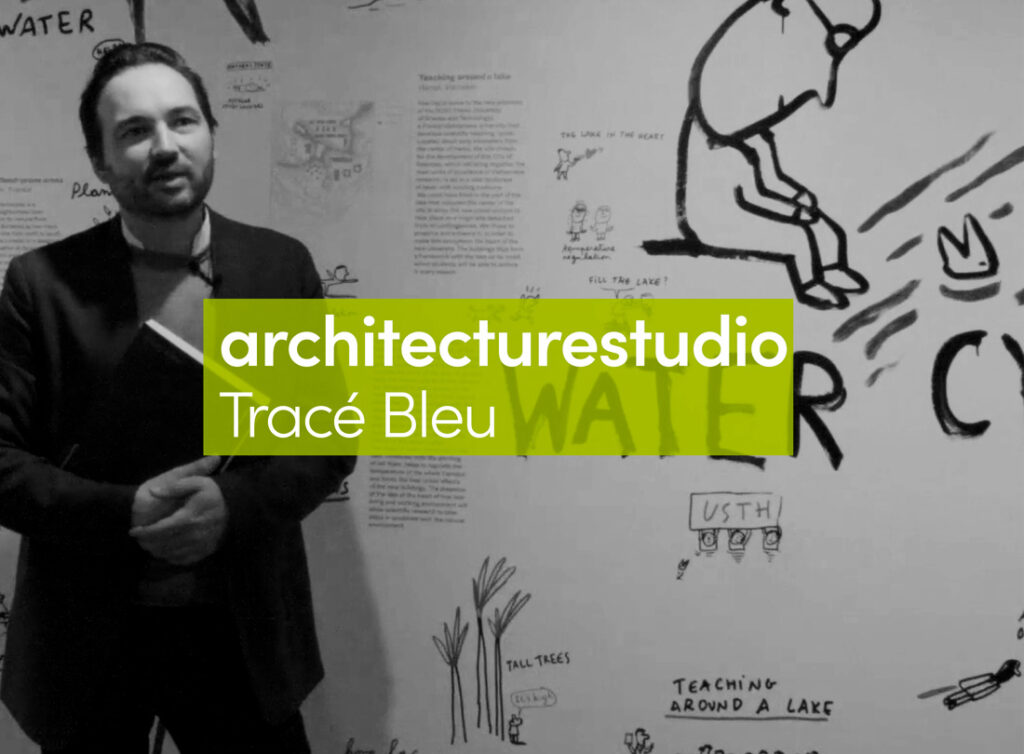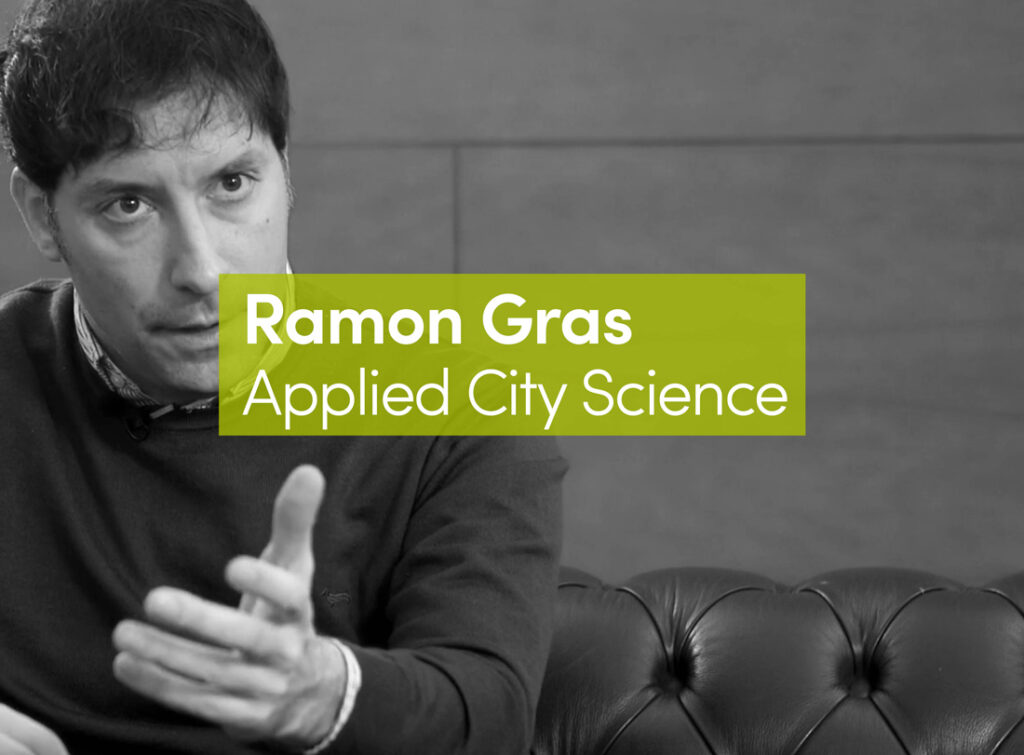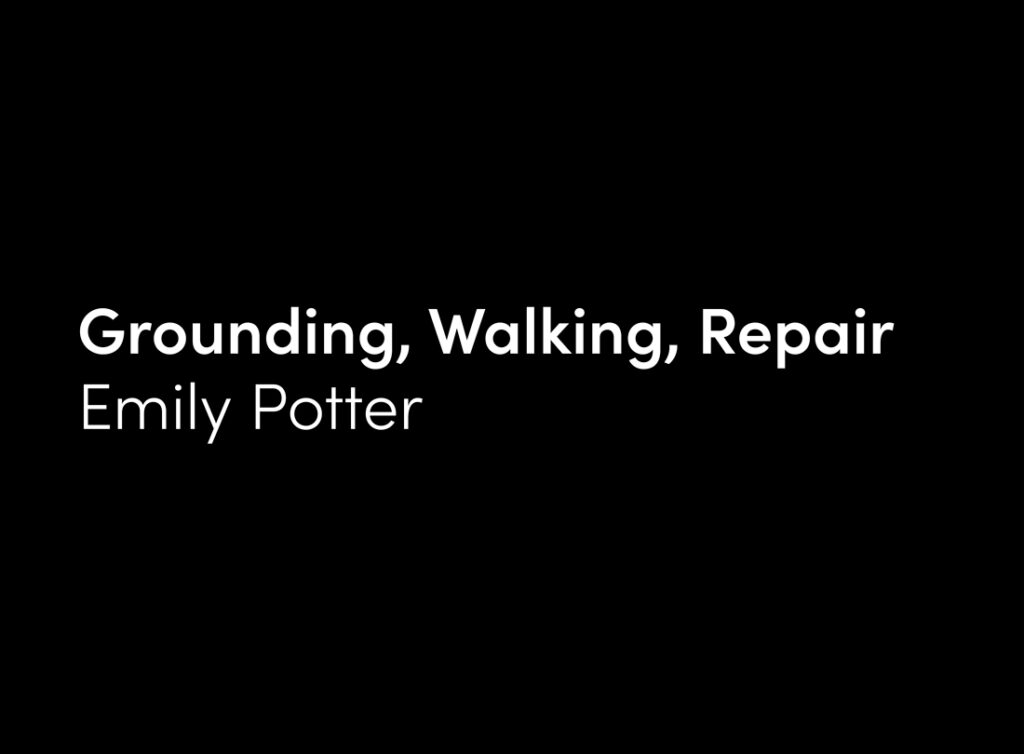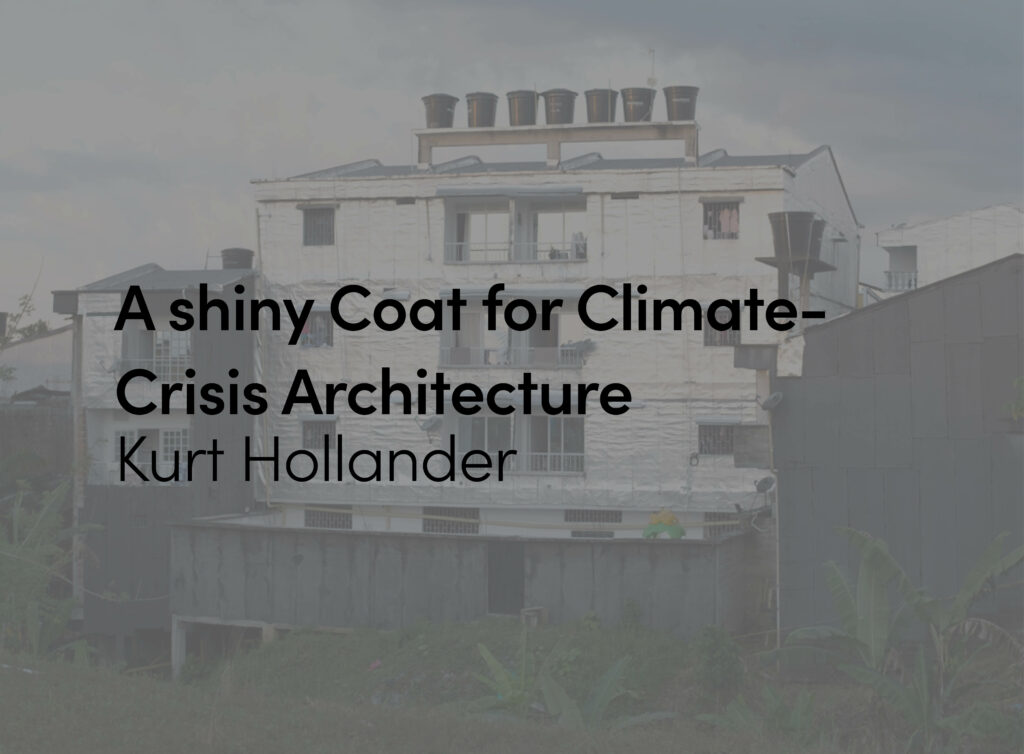Cities across Africa reveal a pressing need for more inclusive approaches to urban development. Despite growth rates averaging 5 per cent for much of the past 15 years, African cities are confronted by expanding slums, persistent poverty and expanding unemployment and informality. Sub-Saharan Africa has the world’s highest rate of informal employment, accounting for 77 per cent of the non-agricultural labour force, and even in the era of ‘Africa Rising’, the International Labour Organization notes continued increases in working poverty. Underlying growth dynamics, based on natural resource dependence, dwindling access to land and decades of infrastructural neglect and deindustrialisation, fail to generate adequate levels of employment or basic services for rapidly expanding urban populations. ‘Jobless growth’ and urbanisation without industrialisation have forced policymakers to grapple with the challenge of how to ensure that economic growth and urbanisation generate viable livelihoods and adequate service provision for the vast urban populations living and working informally in African cities.
But what does ‘inclusive growth’ entail? How can Africa’s informally employed millions be constructively integrated into urban development strategies in ways that foster urban modernity while engaging the growth potential of Africa’s expanding young populations? Three models of informal economic inclusion have emerged in contemporary urban development thinking: global connection, formalisation and co-production. While economic inclusion sounds inherently positive, it is useful to remember that modern slavery and sweatshops are also forms of global economic inclusion. There is a need to look beyond the fact of inclusion to consider the extent to which inclusive strategies actually reduce informality, improve livelihoods and enhance social rights.
Three models of informal economic inclusion
The market-led model of informal economic inclusion focuses on the importance of global connections. Economic and digital linkages across the formal-informal divide serve to link African informal workers into the modern economic opportunities of the global economy. Many argue that the expansion of the formal economy has proceeded too slowly to absorb Africa’s rapidly expanding labour force. What is needed are direct connections via global value chains, internet and mobile phone connectivity and corporate Bottom of the Pyramid initiatives that can act as conduits of resources, skills, technology and modern jobs for Africa’s vast pool of informal labour.
A second model focuses on ‘formalisation’ through registration, taxation and the extension of basic social protection to informal actors. Rather than assuming that rights and resources will trickle down through global market linkages, formalisers argue for the inclusion of informal actors in the systems of urban governance, including statistics, revenue generation and urban planning. Inclusive policies focus on simplified registration, improved informal economy statistics and the extension of taxation and basic social protection into the informal economy. Formalisation initiatives can be digitally enabled through the spread of mobile phones and mobile money that capture the economic behaviour of informal actors and provide new mechanisms for gathering statistics, collecting taxes and providing social protection.
A third model emphasises inclusion through participatory engagement for the co-creation of urban development strategies. Inclusion depends on recognition of the complex organisational ecosystems and constraints that shape informal livelihoods. Without an understanding of informal livelihood systems, market connections or formalisation may disrupt rather than include informal actors. Proponents highlight the need for participatory design and decision-making, engaging with the distinctive logics and innovative solutions of informal ‘insurgent planning’ systems, with a view to harnessing the knowledge and innovative capacities of informal actors in ways that avoid the risks of withdrawal or outright resistance.
Inclusion or adverse incorporation?
There are clear tensions between the policy approaches deriving from these various models of inclusion. Each seeks to include informal economies differently – the first in markets, the second in formal regulatory systems and the third in urban design and decision-making. Policy implications also vary: inclusive connections call for deregulation to facilitate linkages with informal economies and formalisation strategies seek to adapt regulation to the realities of informal economies, while co-production emphasises participatory governance. While digital technologies offer new ways of combining these modes of inclusion, greater attention needs to be paid to the resulting terms of inclusion.
Discussions of informal economic inclusion need to look beyond the apparently benign notion of inclusion to consider the new economic and regulatory ecosystems being created. Global connections with the informal economy tend to cut out informal nodes of accumulation, such as informal wholesalers, local manufacturers and informal transport firms, to connect directly with the informal labour at the micro-end of the informal economy. Such inclusive connections are highly selective, cherry-picking informal actors that facilitate market access and reduce labour and transaction costs, while cutting out those too successful to be compliant, or too poor or unskilled to be economically useful. Global connections with the informal economy also create processes of ‘deregulation through the back door’ by bypassing legal frameworks of labour rights that normally govern employment in formal firms and substituting algorithms and corporate codes disembedded from national democratic control. In the process, global economic inclusion creates new dynamics of exclusion, labour informalisation and political disempowerment.
Similarly, more inclusive formalisation initiatives focus on simplified and innovative forms of registration and taxation to bring informal actors into the formal economy. Yet informal actors in Anglophone Africa have been paying formal taxes at the local government level since colonial times without altering their conditions of informality, suggesting that formal economic inclusion requires more than taxation and registration. As Martha Chen has pointed out, there is a tendency to include informal actors in the costs of formalisation, while focusing less on including them in the benefits, such as equitable social and legal protection. New efforts at ‘second best’ inclusion in derisory social benefits serve less to ‘formalise’ than to ‘normalise’ informality by making it more sustainable.
Finally, inclusion through participatory urban governance offers more insight into informal ecosystems and livelihood constraints but forgets about the deeper realities of power. Community mapping of informal settlements or generating digital transaction data helps to make African informal economies more legible to states and corporations but gives little control over what this data is being used for. A lack of bargaining power, even when included in urban decision-making and service delivery, limits the transformative power of co-production. Without the support of supportive formal allies, co-production of urban design is easily hijacked by more powerful urban interests to harness informality for profit rather than to improve rights and livelihoods.
Digital taxis and paradoxes of inclusion
The rise of digital taxis in urban Africa illustrates some of the paradoxes of informal inclusion initiatives. Digital ride-hailing companies claim to use new technology to create jobs, formalise the taxi industry and enhance the efficiency of urban transport. Yet, ongoing research on digital taxis in Lagos, including Uber, Taxify and Oga Taxi (the main Nigerian contender), shows that digital inclusion can exacerbate rather than reduce informality.
Collectively, Uber, Taxify and Oga Taxi claim to create a total of over 20,000 jobs in Nigeria, connecting unemployed and informally employed urban youth to modern employment. However, both the extent and quality of jobs created by digital ‘inclusion’ are problematic. 32 per cent of drivers use digital taxis as a second income rather than as a ‘job’, while 64 per cent of drivers work for two or more digital taxi companies simultaneously in order to improve incomes, reducing the touted 20,000+ new jobs to fewer than 8,000. A recent McKinsey report acknowledged that digital connections ‘have a relatively modest impact on employment’ and do as much to eliminate and informalise jobs as to create them. Digital connections and the definition of drivers as ‘independent contractors’ also cut drivers loose from national frameworks of labour protection. While digital taxi drivers are referred to as ‘partners’ rather than employees, they are subject to corporate regulatory systems that lower tariffs and vehicle specifications without consultation, and regulate earning and working conditions using algorithms that undermine driver autonomy.
To further complicate matters, 66 per cent of digital taxi drivers do not own the cars they drive. Paying returns to car owners provides incomes well below the minimum wage, despite drivers working an average of 76 hours per week. Given the high levels of education needed to qualify as a digital taxi driver – 47 per cent are university graduates – most drivers regard the activity as a ‘stopgap’ while they look for a proper job. Only 52 per cent of digital taxi drivers in Lagos regard the activity as a ‘job’, and only 14 per cent regard their work as a formal activity. Officials at the Ministry of Labour and the National Labour Congress are also sceptical about the formality of digital taxi work. While they work for a formal company and generate statistical data, digital taxis operate under the radar of national labour laws.
Concerns about taxation cast further doubt on the inclusive effect of digital taxi companies. Despite Lagos’ celebrated taxation drive, neither digital taxi drivers nor digital taxi companies pay the taxes and licence fees required of the taxi industry. While this reduces costs, it also informalises the activity and deprives municipal and state authorities of fees and revenues for improving the transport system. Much of the celebrated competitiveness of digital taxi companies derives from cut-rate fares and the evasion of licence fees, which includes underemployed graduates at the expense of existing taxi and car hire drivers. There is a need to question the value of inclusive initiatives that undermine the livelihoods of those with more occupationally relevant skills, better tax compliance and sustainable incomes geared to capital and life-cycle costs.
As for the generation of statistics for improved planning, digital taxi companies have extensive data on drivers, riders and traffic patterns, but have so far been unwilling to share this data with relevant government authorities. As a result, Lagos transport authorities are unable to factor digital taxis into their transport plans because they are unable statistically to distinguish digital taxis from private cars. Moreover, digital taxis operate outside existing forms of labour or enterprise organisations, such as the national road transport workers’ union and taxi associations through which the state interfaces with the taxi and mass transport industry, undermining any potential for participatory planning. Digital organising in WhatsApp and other social media groups helps to mobilise strikes, but does not provide a vehicle for engagement with the state.
While digital taxis are recognised to have their place in the urban transport ecosystem, Lagos transport authorities feel that their unregulated proliferation runs counter to the official transport strategy, which focuses on mass transport and reducing the number of private cars on the road. Given that public transport in Lagos costs less than 25 per cent of the cost of a digital taxi ride, and less than 20 per cent of Nigerians own smartphones capable of supporting digital taxi apps, inclusive transport means public transport. Despite direct connections to global firms, digital taxi drivers in Lagos feel deprived of dignified inclusion, operate even farther outside formal statistical and regulatory systems than regular taxis and lack the organisational capacity for participatory engagement in urban transport planning.
Conclusion
Finding effective policies for inclusive growth must move beyond nominal forms of inclusion via connections to the global economy, efforts at formalising without transforming informality or exploitative co-production. Genuine inclusion must do more than just shifting the underemployed from the informal economy into the precariat without altering the realities of extreme vulnerability. Turning Africa’s burgeoning informal economies into sources of urban prosperity requires a stronger focus on how to ensure that informal workers and consumers are included in the gains as well as the processes of growth, share in the benefits as well as the costs of formalisation and are empowered not just to share knowledge and data, but to influence how it is used.
There is a pressing need to move beyond the illusion of inclusion if urban development futures are to stem the risks of expanding informality, intensifying inequality and simmering social unrest. Even amid promising rates of growth and technical change, eruptions of disaffection across the continent have made it increasingly clear that failure to find ways of making growth more genuinely inclusive may give ‘Africa Rising’ a more sinister meaning.











